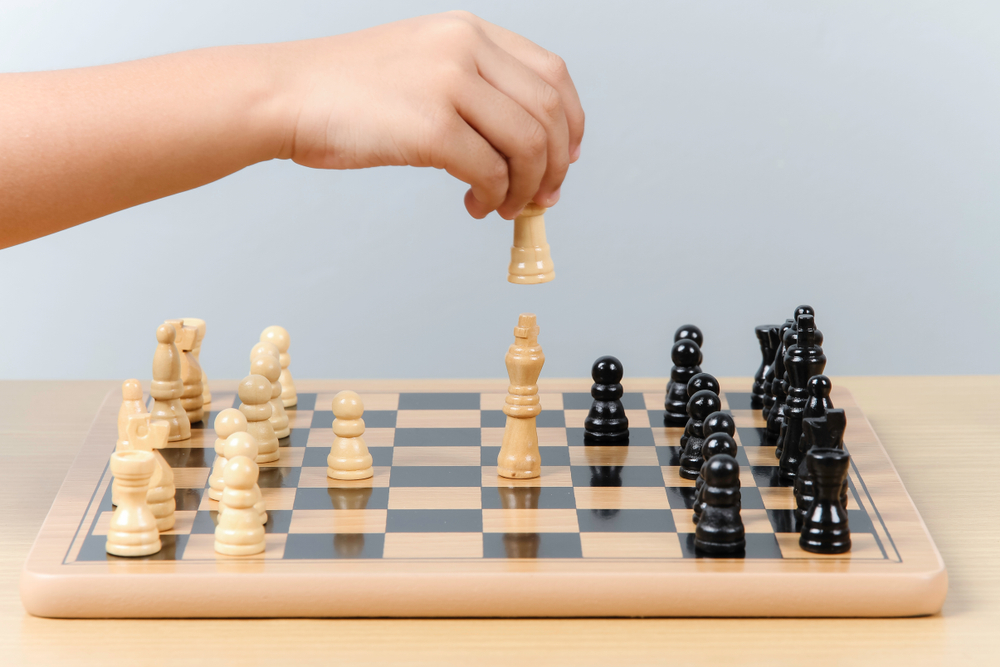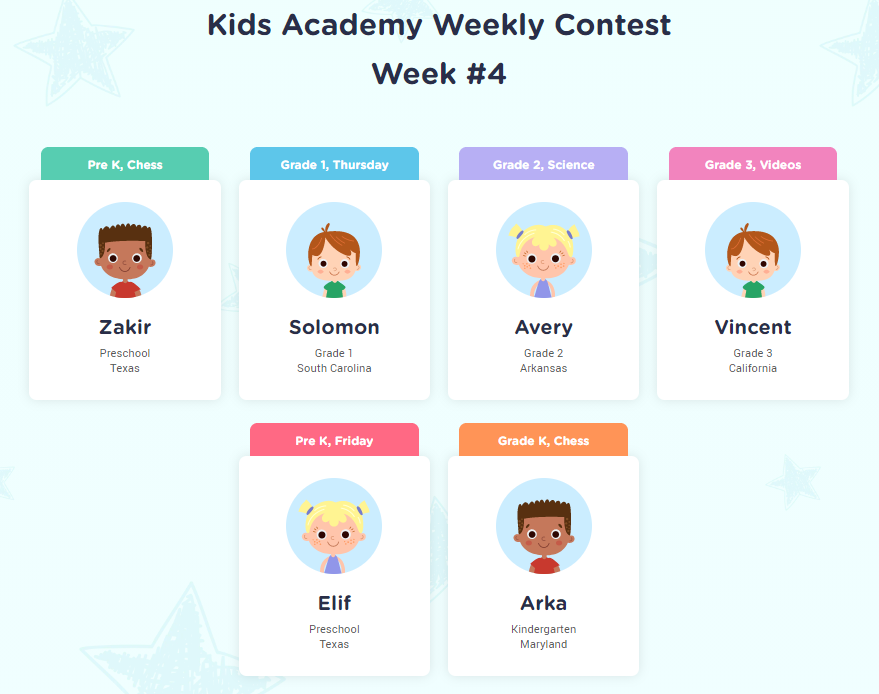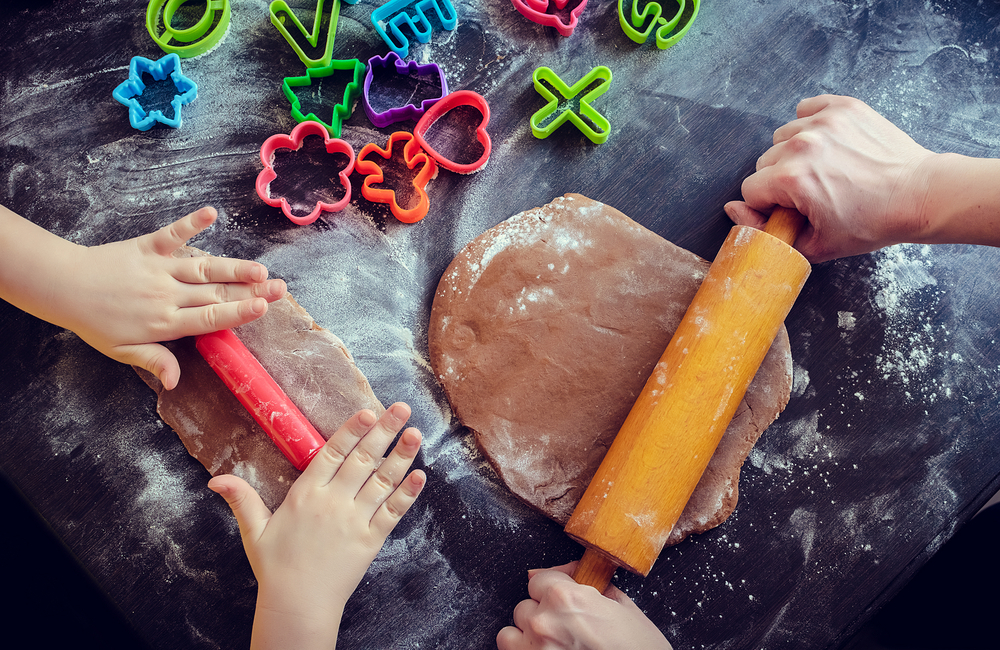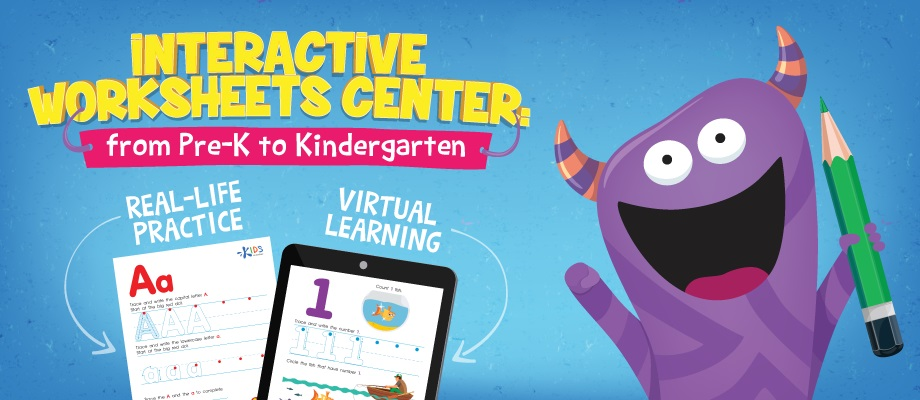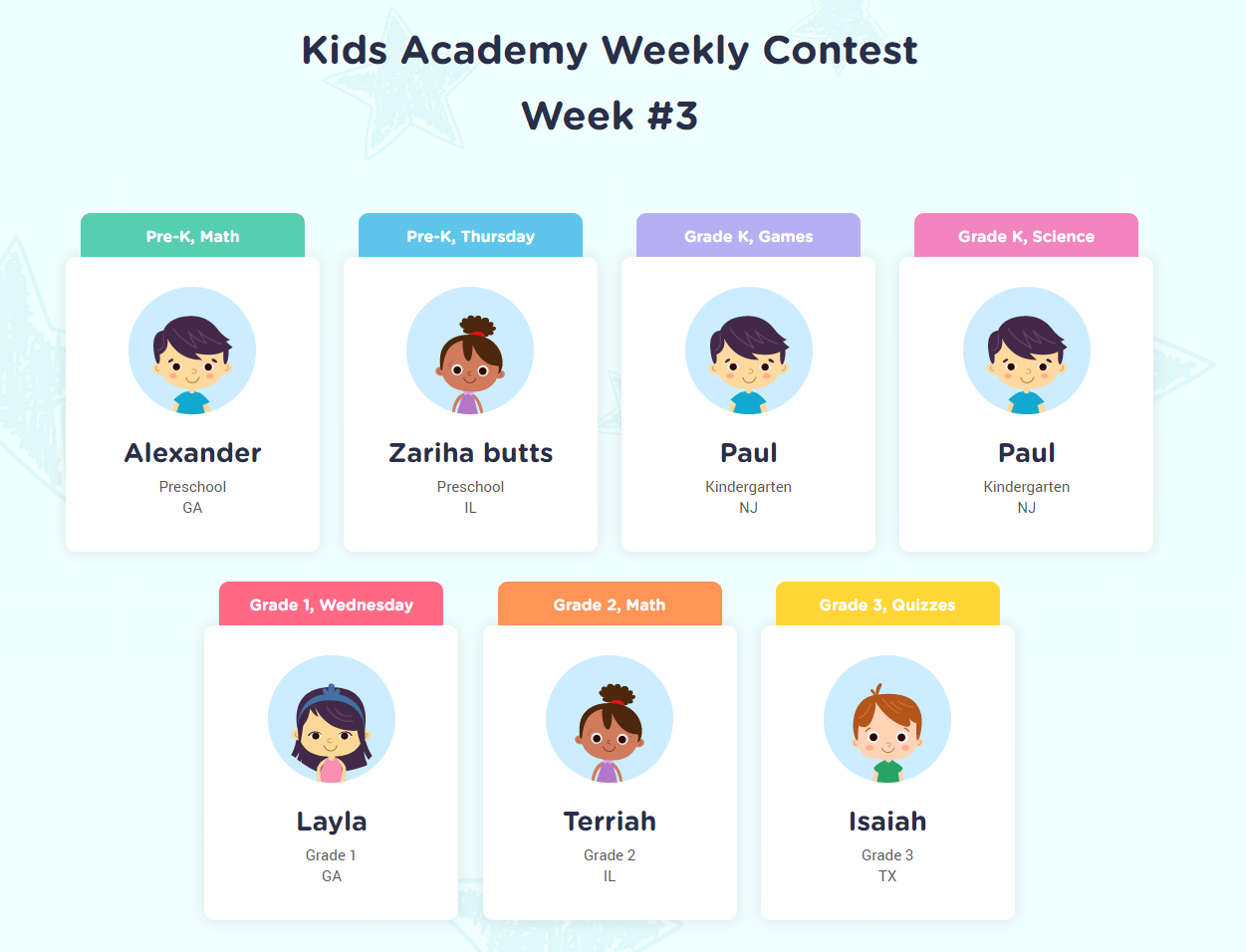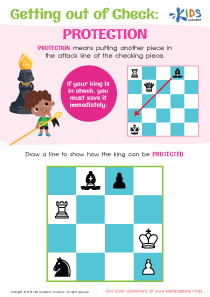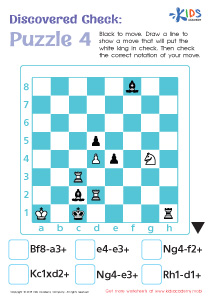Chess strategy learning Chess Worksheets for Ages 7-9
10 filtered results
-
From - To
Discover the exciting world of chess strategy with our engaging worksheets designed for children aged 7-9. These carefully crafted resources help young learners develop critical thinking and problem-solving skills through interactive chess challenges. Each worksheet focuses on essential strategies, including controlling the center, piece development, and safeguarding the king. Ideal for classroom use or at-home practice, our printable worksheets make learning chess fun and effective. With colorful illustrations and clear instructions, kids will enjoy mastering the art of chess while building confidence and enhancing their cognitive abilities. Start their chess journey today and watch them strategize like a pro!


King and Queen Mate Strategy: Part 1 Worksheet
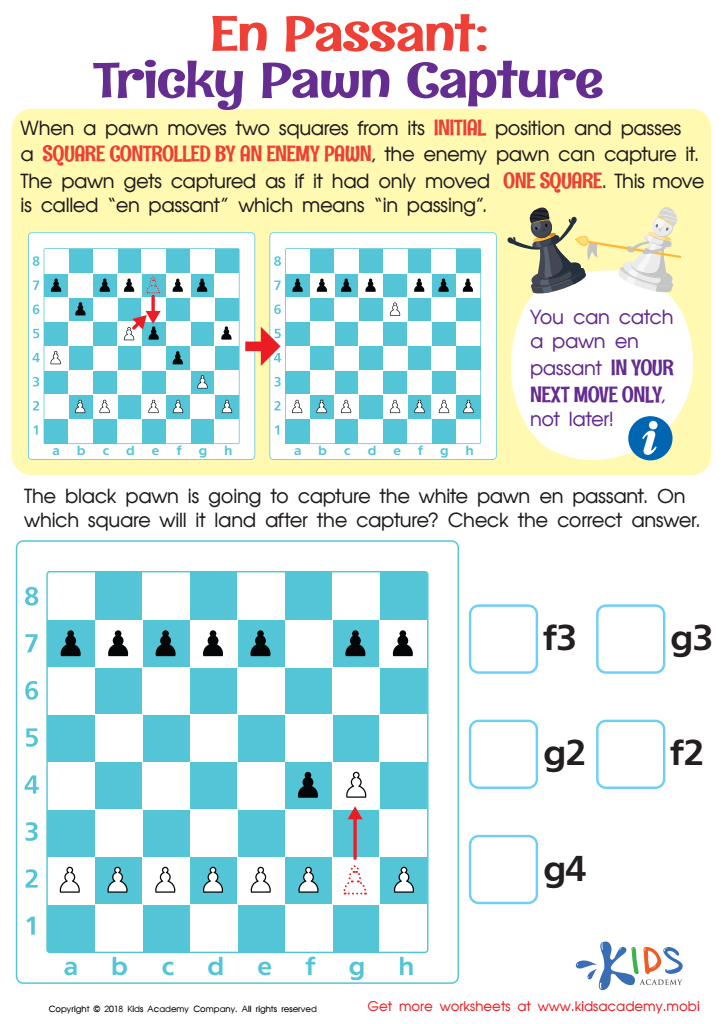

En Passant: Tricky Pawn Capture Worksheet


Two Rook Mate Strategy Worksheet


En Passant: Writing it Down Worksheet
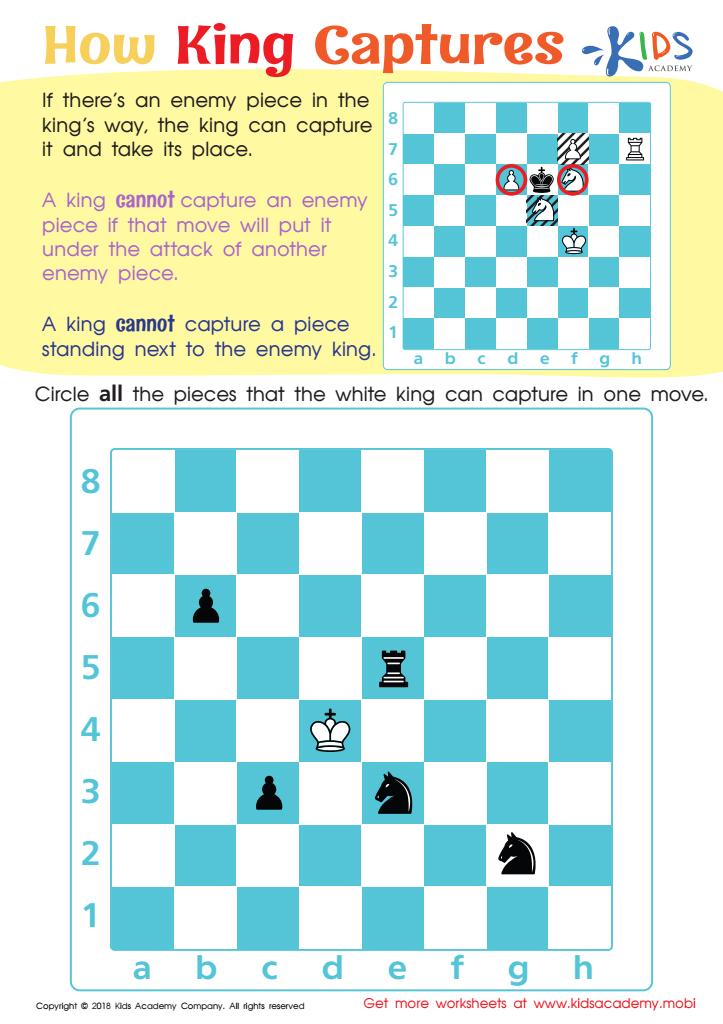

How King Captures Worksheet


En Passant Bingo Worksheet


What Is a Stalemate? Worksheet
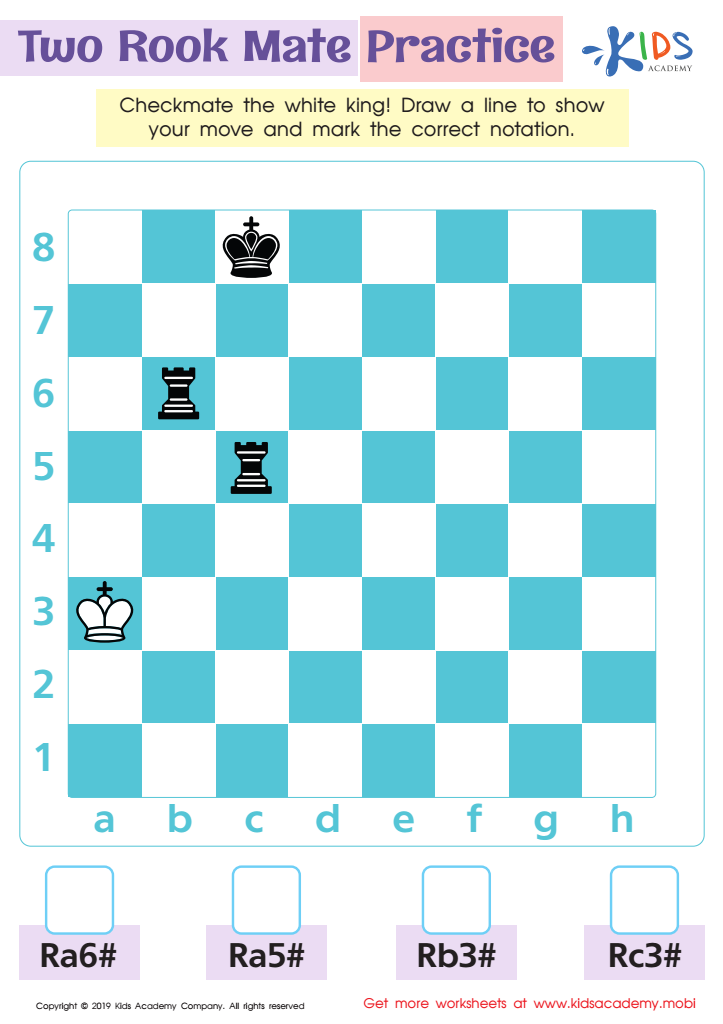

Two Rook Mate Practice Worksheet


Find Stalemate! Worksheet
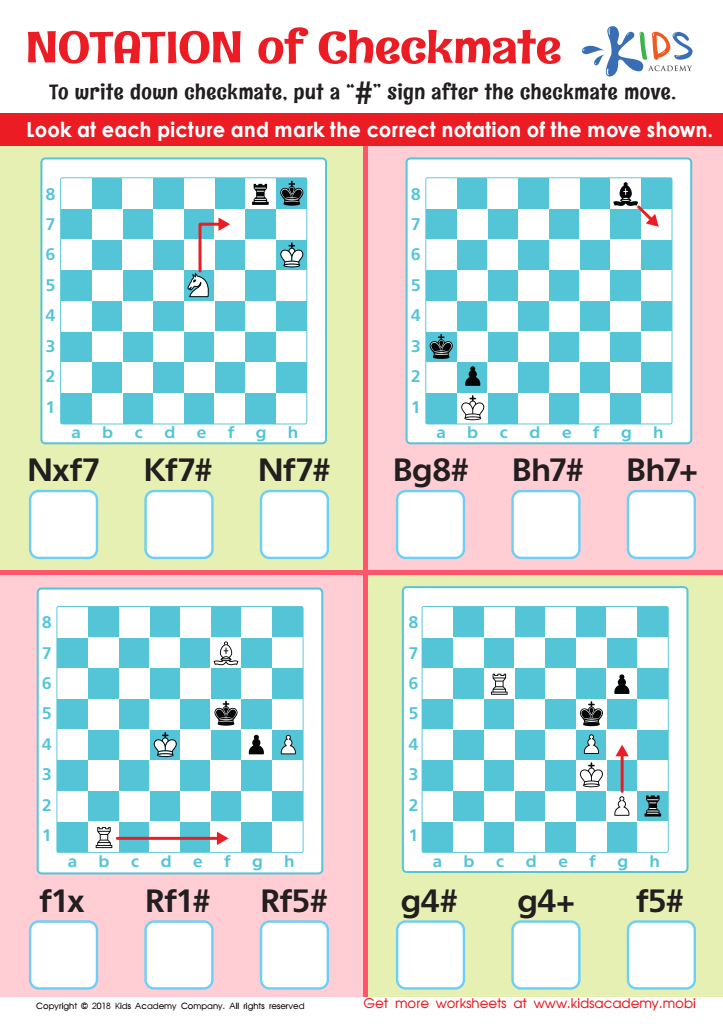

Notation of Checkmate Worksheet
Chess is more than just a game; it's a powerful tool for developing critical thinking and problem-solving skills in children ages 7 to 9. Learning chess strategies engages young minds, teaching them to think several steps ahead, evaluate different possibilities, and make decisions based on careful observation. This not only enhances cognitive abilities but also fosters patience and concentration, essential skills for academic success.
Moreover, chess promotes social interaction and sportsmanship as children learn to compete against their peers. They develop resilience by handling both winning and losing gracefully, understanding that setbacks are part of growth and learning. These experiences can help bolster self-esteem and confidence.
For parents and teachers, integrating chess into learning routines encourages a unique blend of fun and education. It creates an enriching environment where critical thinking can flourish. Additionally, as children become more skilled at chess, their analytical skills translate into improved performance in subjects like math and reading, enhancing overall academic achievement. The social skills gained through playing chess can also bolster teamwork and collaboration, invaluable for their future schooling experiences. Ultimately, teaching chess to young children is an investment in their mental, emotional, and social development.

 Assign to My Students
Assign to My Students



